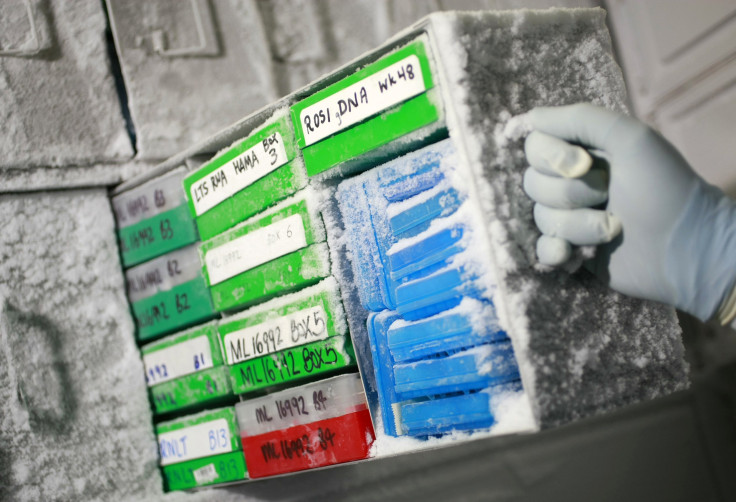HIV Cure Found? Researchers Develop Defense Treatment To Battle Epidemic With White Blood Cells

Researchers at London's University College have brought the international scientific community one step closer toward finding a cure for HIV and AIDs, one of the most deadly and prevalent infectious disease epidemics the world faces in 2017. The team successfully developed a treatment in cells derived from humans and mice which acts as a defense against HIV replicating itself in healthy white blood cells, otherwise known as macrophages.
Scientists realized HIV was only capable of multiplying in macrophages when an antiviral protein called SAMHD1 was temporarily turned off. Several other viruses attack antiviral proteins in other cells, though it was previously unknown macrophages temporarily switch off SAMHD1 themselves according to Professor Ravindra Gupta, the study's senior author.
Study shows how HIV breaches macrophage defences, could be step towards cure https://t.co/wfrkDUITBI pic.twitter.com/XvYbznNvLy
— UCL News (@uclnews) January 25, 2017
"We knew that SAMHD1 is switched off when cells multiply, but macrophages do not multiply so it seemed unlikely that SAMHD1 would be switched off in these cells," Gupta wrote. "And yet we found there's a window of opportunity when SAMHD1 is disabled as part of a regularly-occurring process in macrophages."
The discovery could lead to researchers using inhibitors in healthy human bodies, ultimately preventing white blood cells from turning off their antiviral proteins and effectively eradicating any chance for HIV to spread throughout the body, as the researchers began experimenting with in their study published in EMBO Journal.
"Our findings could help explain why some people undergoing anti-retroviral therapy for HIV continue to have HIV replication in the brain, as the infected cells in the brain are typically macrophages," Gupta continued. "While this is a barrier to achieving control of HIV in just a minority of patients, it may more importantly be a barrier to a cure."
The researchers used HDAC inhibitors, occasionally used for cancer patients, in numerous white blood cell tests among human and mice macrophages, reporting the cells responded well to the unprecedented treatment. The inhibitors could even reactivate once-healthy cells that have been attacked by HIV, effectively reversing the disease in infected patients.
© Copyright IBTimes 2024. All rights reserved.






















